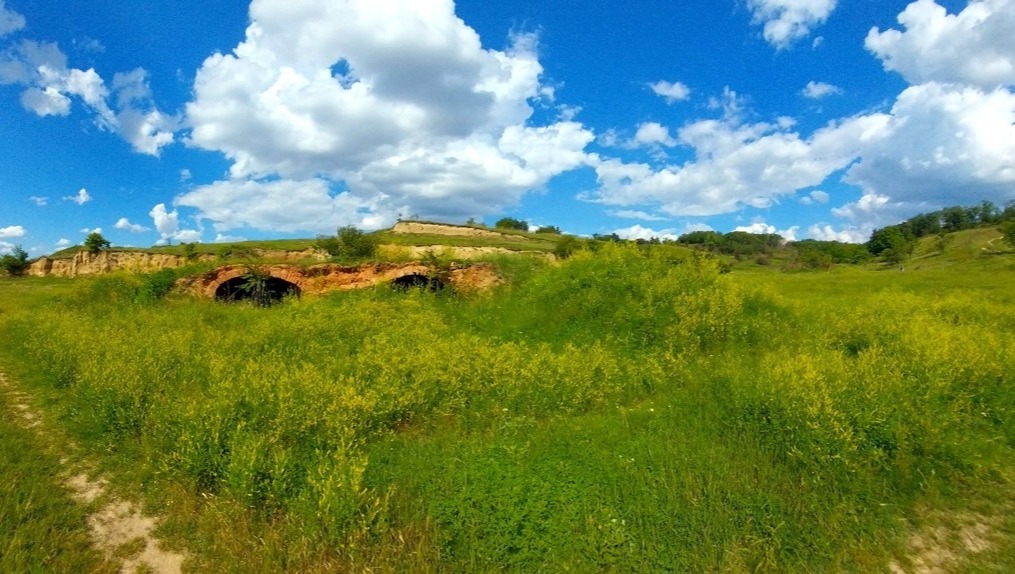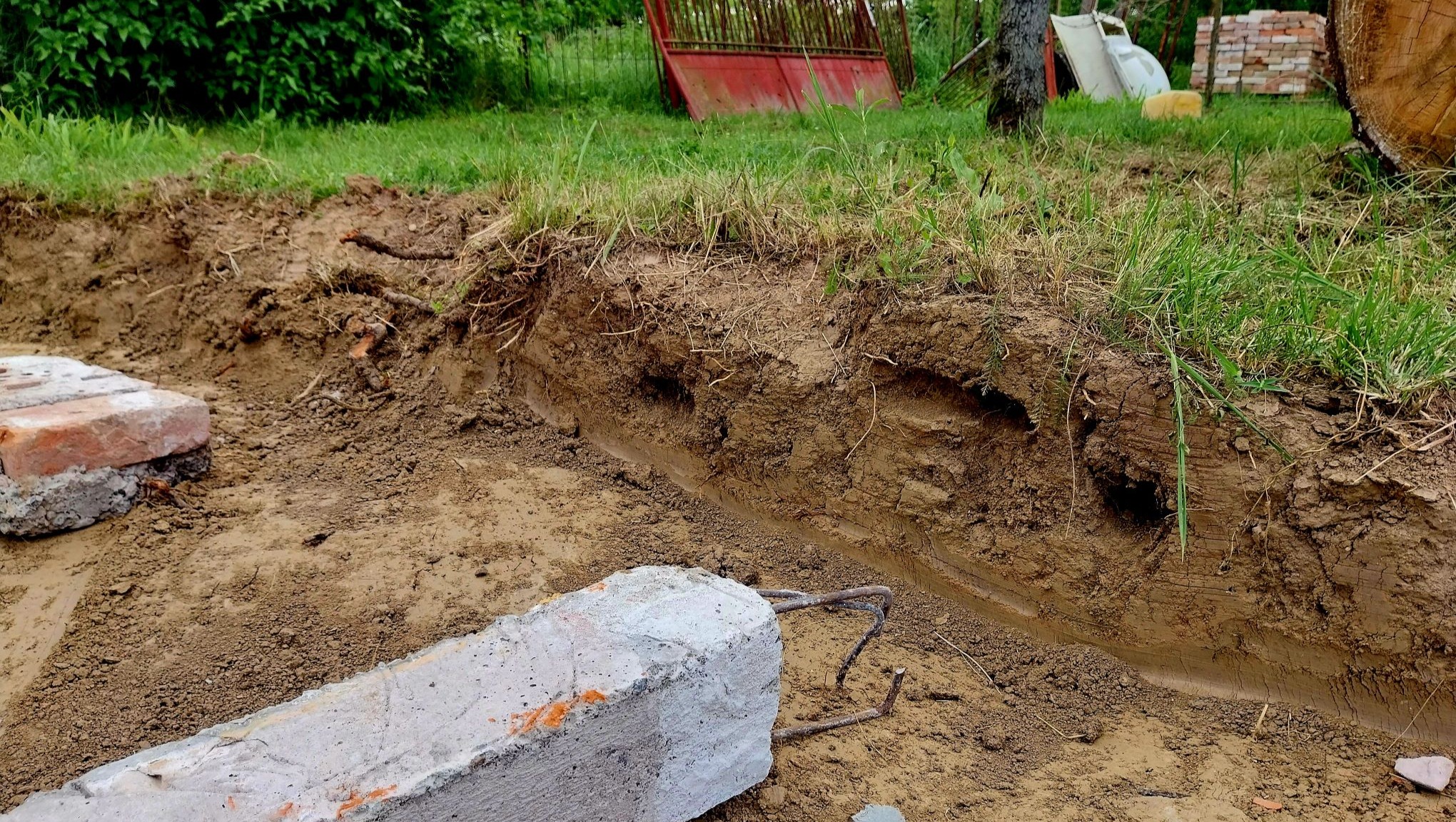We are urgently fund-raising to save one of the most threatened, and strangest, wild animals in Europe.
There are just 5 known populations of the Vojvodina Blind Mole-Rat in the world, and fewer than 1,000 individual animals. They are unique in:
- Being completely blind: their eyes are covered by skin.
- Living their whole lives underground in long burrow systems.
- Digging using their their teeth not their paws. When they close their mouths, the teeth stay on the outside so they can dig without getting soil in their mouths.
Being so secretive that they've only recently been recognized as a new species .
They are rapidly losing their homes to development and agriculture.
Recently, a new population was discovered in Croatia, where it had previously been thought to be extinct.
A local resident had wondered why onions and carrots kept disappearing from his garden, and was surprised to discover that the culprit was a thieving Blind mole-rat!
Researchers rushed to the site and discovered a small population of about 20 animals. Sadly, the colony is in a perilous state. It occupies an area of only 2 hectares, and the animals are crammed into tiny patches of grass, squeezed between houses, rubble, building sites and gardens. Without rapid intervention, they are not going to be able to survive.
WE URGENTLY NEED YOUR HELP TO SAVE THIS SPECIES BEFORE IT IS TOO LATE.
Your donation will support vital work to:
1. Buy nearby agricultural fields and convert them to grasslands, so creating suitable habitat adjacent to the colony.

Potential relocation site safe from development

Current colony location
2. Educating local residents about the species, providing compensation for the small amounts of vegetables taken, and encouraging tolerance of disturbance to gardens and lawns.
4. Fund researchers to use cutting-edge methods, such as using aerial surveys with drones to create detailed digital maps that can help identify the potential locations of other populations hidden beneath the ground.
5. Developing an Action Plan for the survival of the species, including piloting translocations to protected areas to assess feasibility as part of a long-term strategy.
Thank you!

